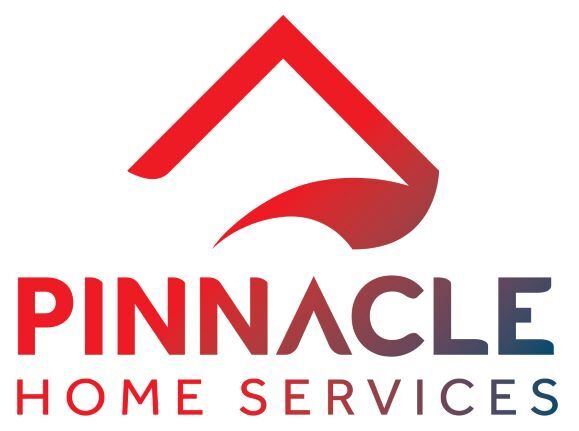Seismic Retrofitting
Earthquake Proofing
Your Local Seismic/Earthquake Retrofitting Experts
The foundation is the backbone of any structure, providing stability and support. In areas prone to earthquakes, ensuring the foundation’s resilience is not just crucial for the building’s longevity but also for the safety of its occupants. Seismic retrofitting, especially when focused on foundation repair, is a proactive approach to safeguard structures against the devastating impacts of earthquakes. This article explores the challenges posed by seismic activities to foundations and the retrofitting solutions available.
The Vulnerability of Foundations in Seismic Zones

When an earthquake strikes, the ground shakes in waves. These seismic waves can cause differential movement in the soil, leading to:
- Settlement or Tilting: Parts of the foundation may sink or tilt due to the uneven movement of the ground.
- Cracking: The foundation can develop cracks, compromising its structural integrity.
- Sliding: The entire structure might slide off its foundation, especially if not adequately anchored.
- Liquefaction: In certain soils, the shaking can cause the ground to behave like a liquid, leading to significant foundation damage.
Why Focus on Foundation Retrofitting?
A compromised foundation can lead to the collapse of the entire structure. Strengthening the foundation through seismic retrofitting:
- Ensures Safety: A robust foundation can prevent the building from collapsing, saving lives.
- Preserves Property Value: A well-retrofitted foundation can significantly enhance the property’s market value, especially in seismic zones.
- Reduces Repair Costs: Addressing vulnerabilities proactively can prevent costly repairs after an earthquake.
- Offers Peace of Mind: Knowing that the foundation is fortified against seismic threats provides reassurance to occupants and owners.
Seismic Retrofitting Solutions for Foundations

- Foundation Bolting: This involves securely anchoring the structure to its foundation, preventing it from sliding or toppling during an earthquake.
- Foundation Bracing: Reinforcing the foundation with steel braces can provide additional lateral support.
- Grade Beams: These horizontal beams, when added to a foundation, can help distribute seismic forces, reducing the risk of cracking or tilting.
- Pile and Tie-Back Systems: Deep-driven piles, combined with tie-backs, can anchor the foundation into stable soil layers, preventing uplift or excessive movement.
- Slab Jacking: For foundations that have settled or tilted, slab jacking involves injecting material beneath the slab to lift and level it.
- Liquefaction Mitigation: This can involve compacting the soil, adding stone columns, or using deep soil mixing to stabilize soils prone to liquefaction.
- Foundation Wall Reinforcement: Adding steel or carbon fiber reinforcements can strengthen foundation walls, making them more resistant to cracking or buckling.
Strengthening the Base Against Earthquakes
Seismic retrofitting, particularly for foundation repair, is an essential consideration for structures in earthquake-prone regions. While the initial investment might seem substantial, the long-term benefits in terms of safety, property preservation, and peace of mind are invaluable. Property owners in seismic zones should prioritize foundation assessments and engage with retrofitting experts to ensure their structures stand firm against the earth’s tremors.
Contact us today for seismic / earthquake retrofitting.
